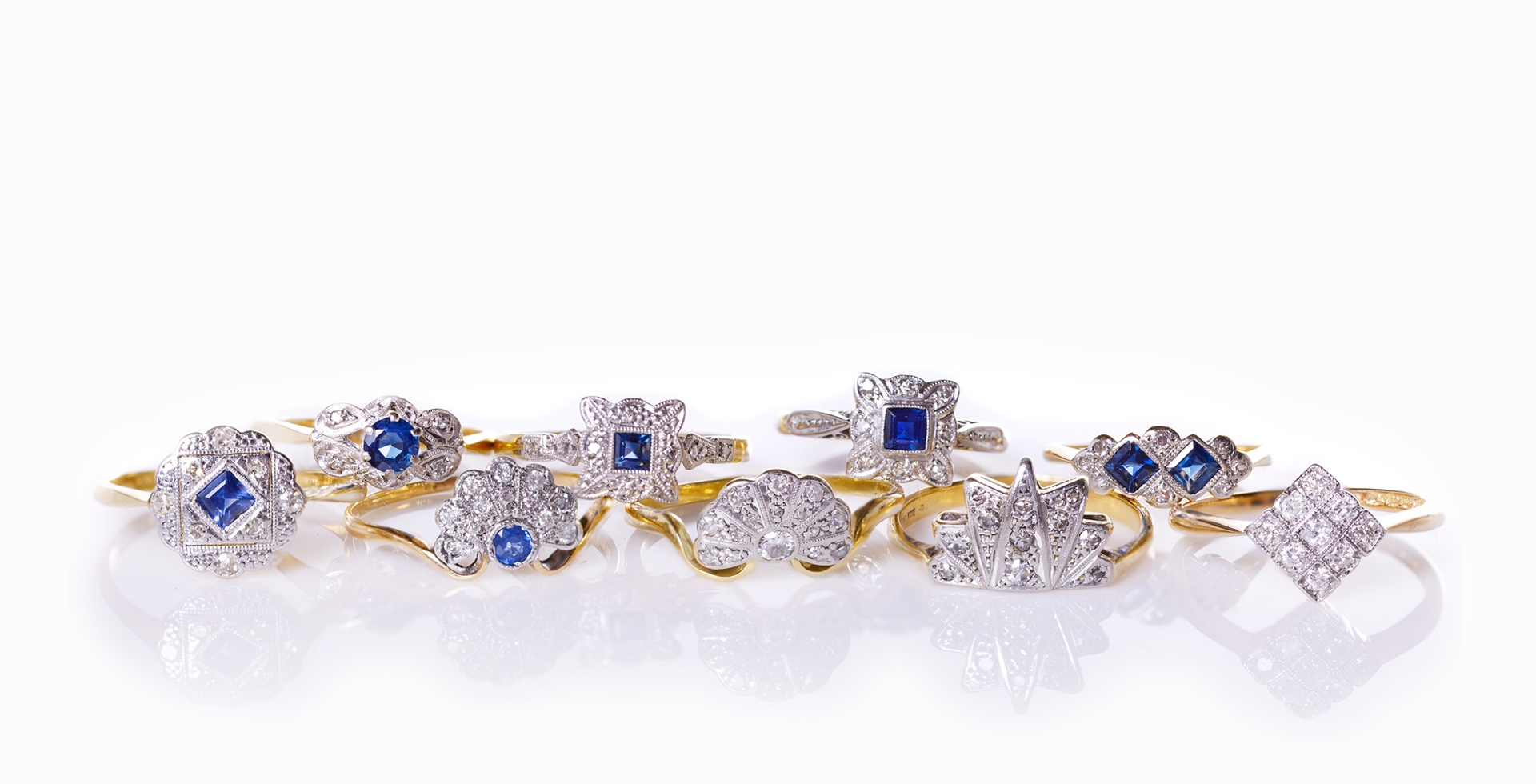Exploring the Timeless Allure of Antique Jewelry
In a world captivated by the latest trends and modern innovations, there exists a realm of unparalleled beauty and historical significance — antique jewelry. Each piece tells a story of bygone eras, embodying the craftsmanship, culture, and heritage of its time. From intricate Victorian brooches to dazzling Art Deco rings, antique jewelry continues to fascinate collectors and enthusiasts alike, preserving the essence of centuries past.

Antique jewelry, typically defined as pieces that are over a hundred years old, holds a unique charm that sets it apart from contemporary designs. Its appeal lies not only in its age but also in the exquisite detailing and craftsmanship that reflect the aesthetics and techniques of its era. Whether adorned with ornate filigree work, vibrant gemstones, or delicate enamel, each piece showcases the artistry and skill of the craftsmen who created it.
One of the most coveted periods in Antique jewellery is the Victorian era, spanning from 1837 to 1901. Characterized by romanticism and sentimentality, Victorian jewelry often features motifs such as hearts, flowers, and serpents, symbolizing love, remembrance, and eternity. Lockets containing miniature portraits or locks of hair were popular keepsakes, while mourning jewelry, crafted from black enamel and set with pearls or jet, served as poignant reminders of lost loved ones.
The Art Nouveau movement, which flourished in the late 19th and early 20th centuries, brought a departure from the strictures of Victorian design, embracing flowing lines, organic forms, and motifs inspired by nature. Artists like René Lalique and Louis Comfort Tiffany created avant-garde pieces adorned with sinuous curves, delicate enamel, and iridescent gemstones, reflecting the era’s fascination with the natural world.
Following the Art Nouveau period came the Art Deco era, characterized by bold geometric shapes, vibrant colors, and a sense of opulence and glamour. Art Deco jewelry, popularized in the 1920s and 1930s, embraced the aesthetic of the Jazz Age, with pieces adorned with diamonds, emeralds, sapphires, and rubies, often set in platinum. Symmetrical designs, intricate patterns, and motifs influenced by ancient civilizations such as Egypt and Greece defined this era’s style.
Beyond these notable periods, antique jewelry encompasses a diverse range of styles, including Edwardian, Georgian, and Retro. Each era reflects the social, cultural, and artistic movements of its time, providing a glimpse into history through the lens of adornment.
For collectors, antique jewelry holds both intrinsic and sentimental value. Beyond its aesthetic appeal, each piece carries with it a sense of history and provenance, connecting the wearer to the past. Whether inherited as family heirlooms or acquired through passionate pursuit, antique jewelry serves as a tangible link to bygone eras, preserving memories and traditions for generations to come.
In today’s fast-paced world, the allure of antique jewelry endures as a testament to the enduring beauty of the past. From the intricately crafted pieces of the Victorian era to the bold and glamorous designs of Art Deco, each antique jewel serves as a timeless reminder of the artistry, history, and romance that define the world of adornment.